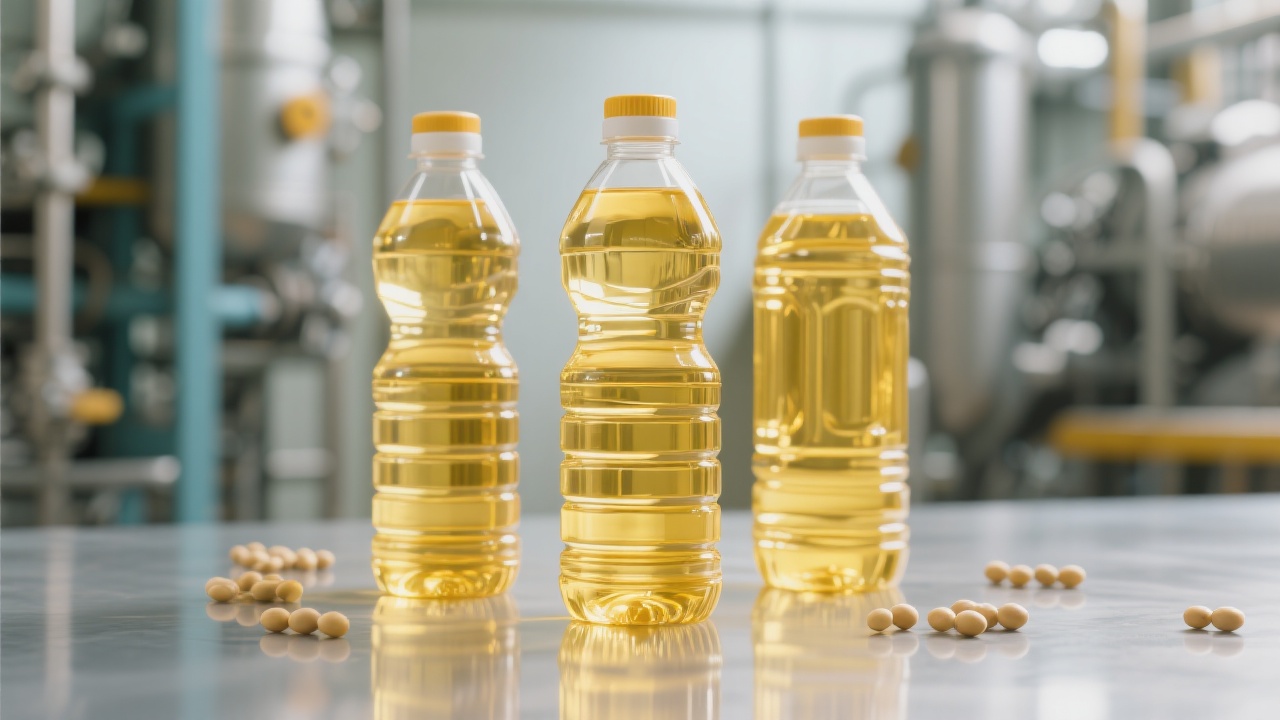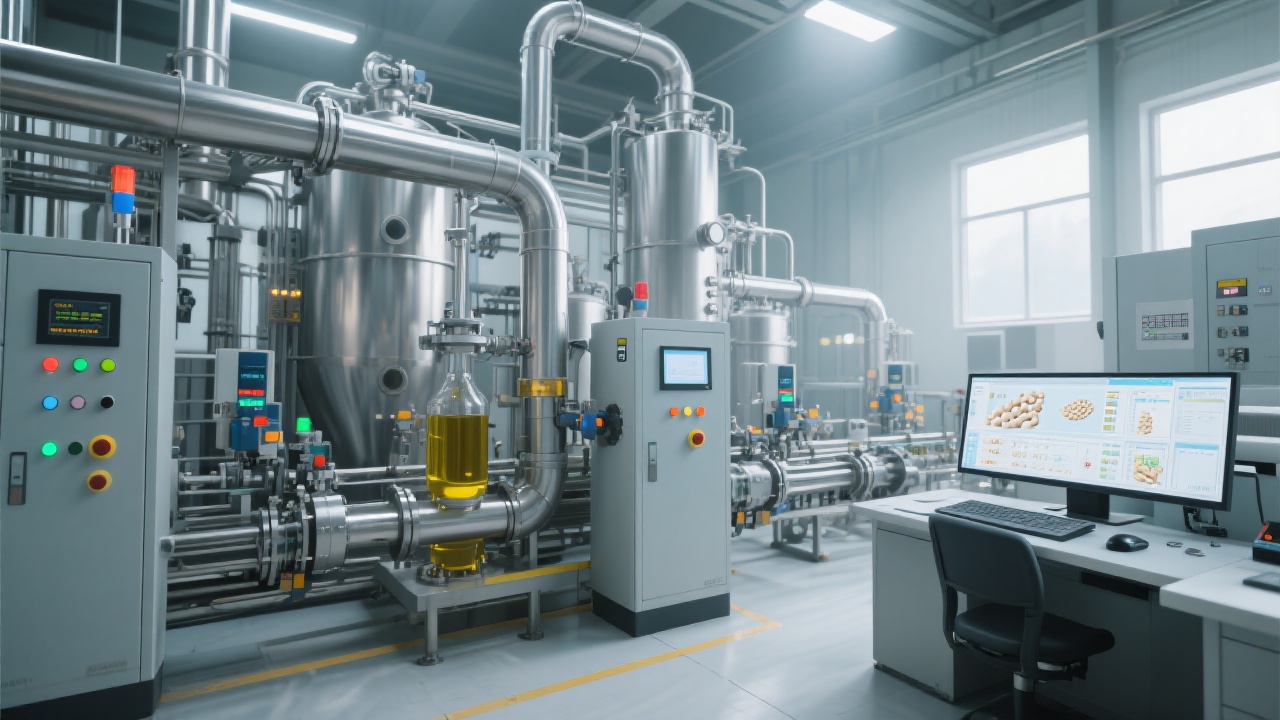
The rice bran oil extraction process is a multi - step operation designed to obtain high - quality oil from rice bran. First, the rice bran is pre - treated to remove impurities and adjust its physical properties. Then, the oil is extracted using solvents or mechanical methods. After extraction, the crude oil undergoes a refining process to improve its quality and stability. This overall process ensures that the final rice bran oil meets industry standards and consumer expectations.

Pretreatment equipment plays a crucial role in the rice bran oil extraction process. Cleaning equipment, such as vibrating screens, can remove large impurities like stones and straws. On average, it can remove up to 95% of such impurities. Conditioning equipment, like steamers, adjusts the moisture content and temperature of the rice bran, which is essential for subsequent extraction. When selecting pretreatment equipment, factors such as processing capacity, efficiency, and ease of maintenance should be considered. For example, a medium - sized processing plant with a daily capacity of 50 - 100 tons of rice bran may require equipment with a corresponding throughput.

Extraction equipment is the heart of the rice bran oil production process. Solvent extraction is a common method, where solvents like hexane are used to dissolve the oil in the rice bran. The extraction efficiency can reach up to 90 - 95%. Key operation points include maintaining the proper solvent - to - rice - bran ratio, temperature, and extraction time. For example, the ideal extraction temperature is usually around 50 - 60°C, and the extraction time may range from 30 minutes to 2 hours depending on the equipment and raw materials.
Refining equipment is essential for improving the quality of the crude oil. Degumming equipment removes phospholipids, which can affect the clarity and stability of the oil. Bleaching equipment uses adsorbents to remove pigments and other impurities, improving the color of the oil. Deodorization equipment removes unpleasant odors and volatile substances. After refining, the acid value of the oil can be reduced to less than 0.5 mg KOH/g, and the peroxide value can be kept at a very low level, significantly enhancing the shelf - life and quality of the rice bran oil.

Auxiliary equipment, such as pumps, filters, and heat exchangers, also has a significant impact on production efficiency. Pumps ensure the smooth flow of materials in the production line, while filters remove fine impurities. Heat exchangers can recover and reuse heat energy, reducing energy consumption. For example, a well - designed heat exchanger can save up to 20 - 30% of energy in the production process.
Regular equipment maintenance is crucial for ensuring long - term stable production. This includes cleaning, lubrication, and inspection of key components. For example, the screens of cleaning equipment should be cleaned regularly to prevent blockage. Optimization of the equipment can be achieved by upgrading control systems, improving process parameters, and replacing worn - out parts. By doing so, production efficiency can be increased by 10 - 15%.
The rice bran oil extraction industry is constantly evolving. There is a growing trend towards more environmentally friendly extraction methods, such as supercritical fluid extraction. Additionally, automation and intelligent control systems are being increasingly adopted to improve production accuracy and efficiency. These technological upgrades can help enterprises stay competitive in the market.
To enhance your production efficiency and optimize your rice bran oil extraction process, click here to learn more about our advanced equipment and solutions.

